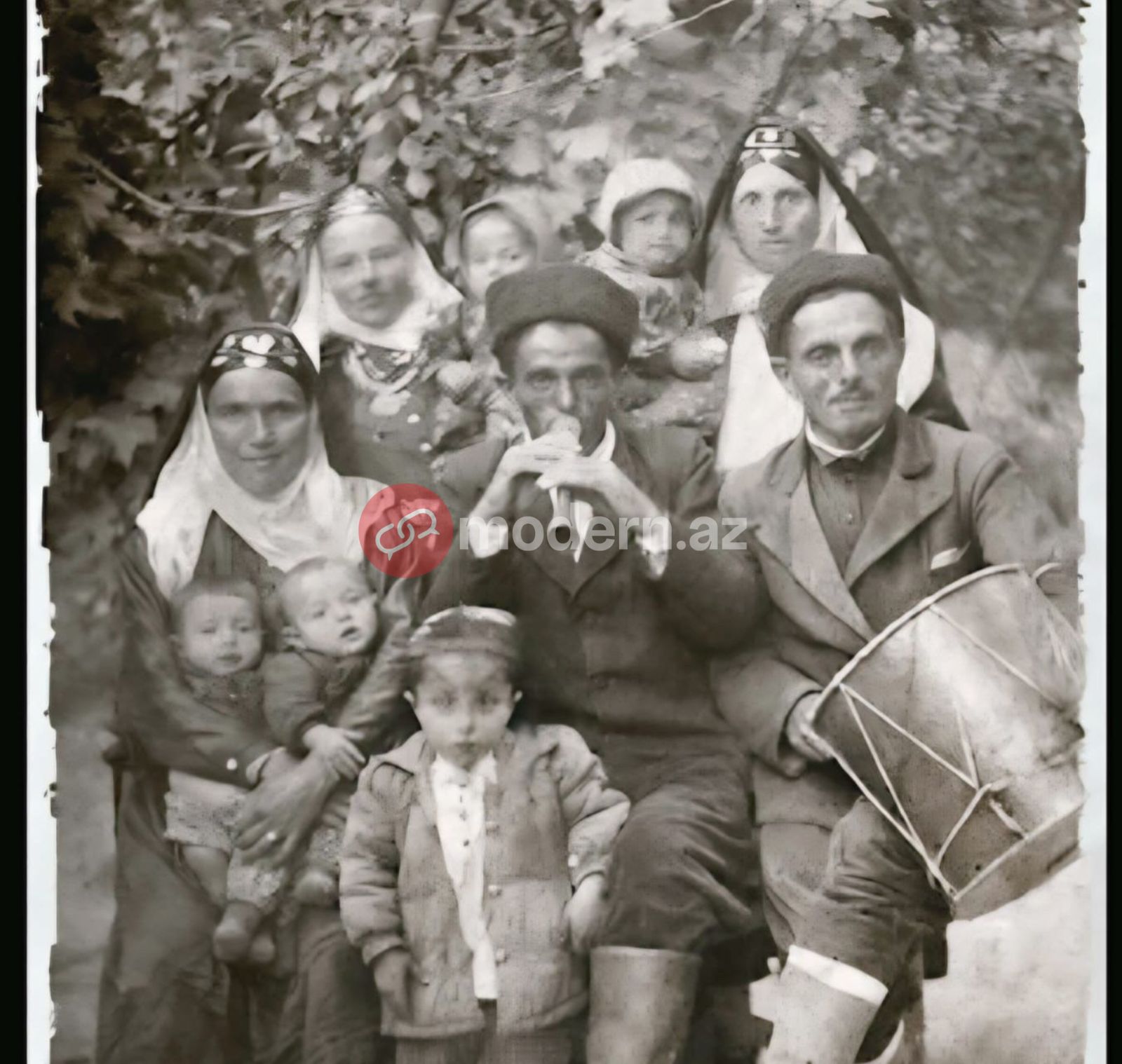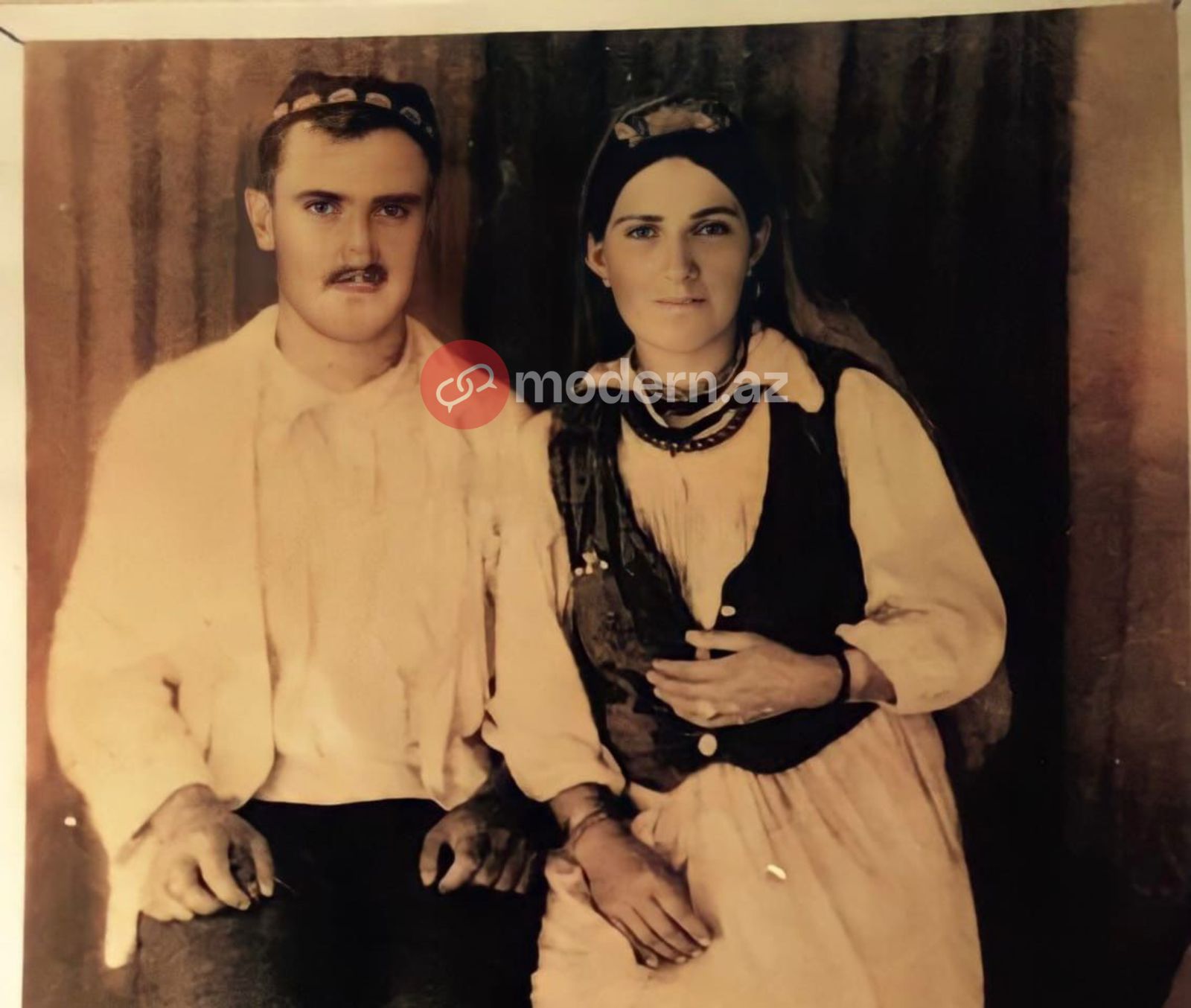In Azerbaijan, 70-90 thousand Akhaltsikhe Turks LIVE

On November 14, 1944, the Akhiska (Meskhetian) Turks were exiled by the Stalinist leadership. During the forced relocation from Georgia's Meskhetia region to Central Asia by the Soviet government, 94,955 Akhiska (Meskhetian) Turks living in 212 villages were displaced from their homes.
They were placed in wagons intended for livestock and sent mainly to the territory of Uzbekistan.
Up to 50,000 people lost their lives during the exile.
The migration of Akhiska Turks to the territory of the Republic of Azerbaijan occurred in November 1944 – after the deportation operation of the infamous Stalin era.
The Commemoration Day of the Exile of Akhiska Turks, also known as Akhiska Turks Day, is observed to commemorate the historical event of November 14, 1944, when the Akhiska Turks were exiled from their native lands by the Soviet Union.
In an interview with Modern.az, researcher-writer, Turkologist Akbar Goshaly stated that the Soviet government declared the Akhiska region a "security zone" and exiled tens of thousands of Turks overnight to the steppes of Central Asia – to the territories of Kazakhstan, Kyrgyzstan, and Uzbekistan. In 1989, during the Fergana events orchestrated by the Kremlin, Akhiska Turks were again forcibly displaced and, from that period onwards, began to settle in Azerbaijan as a second major wave. This migration continued until the early 1990s.
“When I came to Baku in the summer of 1990 to take university entrance exams, I rented a house for a month in Yasamal – on the street then called "11th Khrebtovy". An Akhiska mother was also a tenant in that house. During that month, I directly observed that woman waking up earlier than everyone else to go to work, leading a dedicated life, as if always rushing somewhere. It turned out that she was rushing, rushing to build a home for herself, to revive… The interesting part was – I realized this later – that even while rushing towards a better future, that dedicated woman managed to maintain her composure and uphold her dignity to such a high degree…”
Both I and my other friends who came for the entrance exams listened with interest to that Akhiska mother speaking in a dialect we were not yet accustomed to at that time. Later, my Akhiska acquaintances grew, and acquaintances turned into friendships; today, I am happy to maintain brotherhood and friendship with them.”

Our interviewee stated, while discussing the deportation process, that the process was carried out using the classic totalitarian methods of the former USSR:
“On the night of November 14, 1944 – while the Akhiskalis were fighting a life-or-death battle for the "common Homeland" on the front lines – Turkish villages were surrounded by the military forces of the "common Homeland," and people were "ordered" to leave their homes within just a few hours. Families brought to train stations were loaded into livestock wagons and sent to Central Asia. Hundreds of people lost their lives on the way. This, of course, was not merely a geographical exile – it was a very heavy blow to collective identity and historical memory.”
A. Goshaly also added that the Akhiska Turks who came to Azerbaijan in the 1989-1993 wave were settled in different regions – wherever favorable opportunities existed:
“Large Akhiska communities were formed in Gabala, Ismayilli, Oghuz, Shaki, Guba, Khachmaz, Aghstafa, Tovuz, Ganja, Goygol, Goranboy, Samukh, and Saatli, as well as in Baku and Sumgayit. These regions were suitable for their way of life in terms of nature, employment opportunities, and socio-mental proximity. To my knowledge, our Akhiska compatriots currently still live compactly mainly in these regions.”
Our interlocutor emphasized that despite the difficulties faced by the Azerbaijani state during that period, it acted with great sensitivity and fraternal love in accepting our Akhiska Turk brothers and sisters:
“Thus, residential houses were allocated for displaced families, and abandoned farms in villages were assigned to them. Local communities welcomed the Akhiska Turks not as "guests" but as "one of our own." Kinship ties were established, and social integration occurred almost without any tension. This is a living example of the unity of the Turkic world.”
He also stated that, according to unofficial data, between 70,000 and 90,000 Akhiska Turks currently live in Azerbaijan. A large portion of them have permanent residency rights, and young people are actively represented in education and public services:
“It should also be emphasized that the heroism shown by our Akhiska brothers in the I and II Karabakh wars is legendary. For example, is there anyone who has not heard of or does not know the legendary artilleryman – National Hero of Azerbaijan, the late Iskender Aznavurov?
May he live long, Murad Aflatov, who recently turned 25, was awarded the high title of Hero of the Patriotic War for his personal heroism shown in combat operations during the 44-day war.”
Akbar Goshaly also noted that, within the framework of the Georgian government's rehabilitation program, very few Akhiskalis have been provided with conditions to return so far:
“Considering those who were able to migrate outside of that program, approximately one thousand to one thousand five hundred Turks of Akhiska origin have managed to return. This is a very small number compared to the tens of thousands of people exiled in 1944. The majority of Akhiska Turks still live scattered across the world today – mostly in Turkey, Kazakhstan, the USA, Azerbaijan, and Russia…”
The Akhiska Turks are the "most silent pain" of the Turkic world, and at the same time, its "strongest memory." Wherever they have gone, they have both preserved their identity and selflessly contributed to the communities they lived in. Yes, Azerbaijan has been one of the greatest supports and the most reliable refuge for this fraternal community, and it will remain so until the day they can exercise their right to return to Akhiska. Our brotherhood is eternal,” our interviewee concluded.



-
17:05, Bu günIs the attack on our embassy a coincidence? - From MPs REACTION
-
16:37, Bu günMoscow disregarded the warning – Baku response AWAITS
-
16:35, Bu günZelensky spoke with Ilham Aliyev
-
15:39, Bu günIf this reform is implemented incorrectly... - WARNING from an ex-deputy regarding the minister's proposal
-
14:44, Bu günThe referee for the Azerbaijan - France match has been announced
-
14:38, Bu günNegotiations are underway regarding the signing of a final peace agreement - MİRZOYAN
-
14:08, Bu günIsrael another 15 Palestinian bodies to Gaza returned
-
13:27, Bu günWhich territories will the “Trump route” pass through? - DETAILS
-
12:40, Bu gün“Napoli” - “Qarabağ” match tickets on sale - PRICE
-
12:26, Bu günThe return of Arayik and others is not on Pashinyan's agenda - MP
-
12:25, Bu günIn Azerbaijan, 70-90 thousand Akhaltsikhe Turks LIVE
-
12:00, Bu günPashinyan some details of the Copenhagen talks with Aliyev REVEALED
-
11:52, Bu gün"Trump route" will be leased for either 49 or 99 years - Pashinyan
-
11:42, Bu günFormer Prime Minister's residence was confiscated
-
10:41, Bu günA company related to the Zangazur corridor IS BEING ESTABLISHED
-
10:17, Bu günAgricultural targets will not be achieved - Chamber of Accounts
-
09:30, Bu günThe US is not against Turkey's role in the South Caucasus
-
09:23, Bu gün29 national teams have qualified for World Cup 2026 - LIST
-
09:17, Bu günWho will host COP31?
-
08:52, Bu günBBC apologized to Trump
-
08:36, Bu günLeaders of 6 countries gather – Ilham Aliyev was also invited
-
00:47, Bu günLet the ancient Turkic oath be read in the Parliament!
-
00:33, Bu günThe Secretary-General of the CSTO was placed on the “black list”
-
00:17, Bu günDisrespect from Greece to Turkey
-
13 November 2025, 23:58Cease military aid to Kyiv!
-
13 November 2025, 23:24Harsh words from Pashinyan to former leaders
-
13 November 2025, 22:39The Cyprus issue is Turkey's national priority - Erdoğan
-
13 November 2025, 22:24Another aircraft incident in Turkey – no word from the pilot
-
13 November 2025, 21:25Russia's 40 million dollar fighter jet crashed - FATALITIES REPORTED
-
13 November 2025, 20:41Bashar al-Assad's close associate was a MOSSAD agent























































